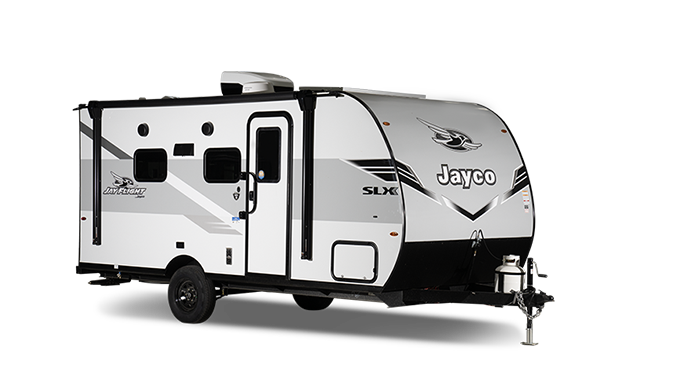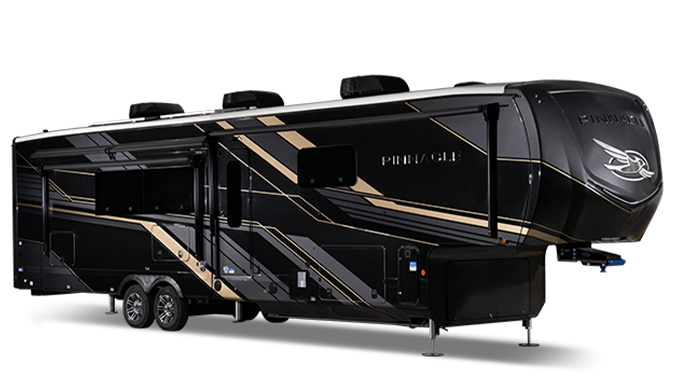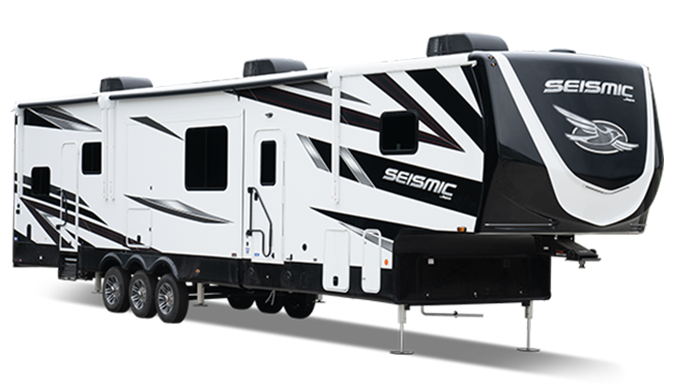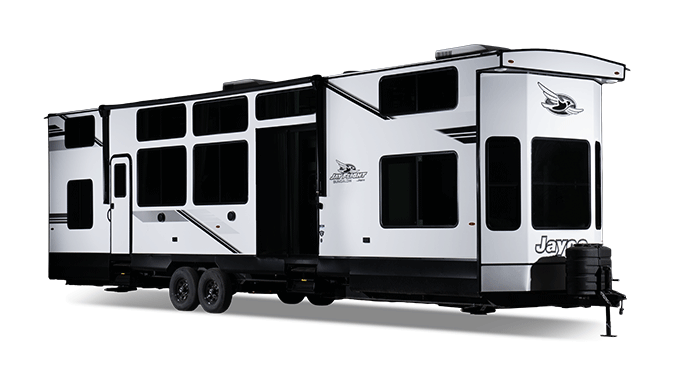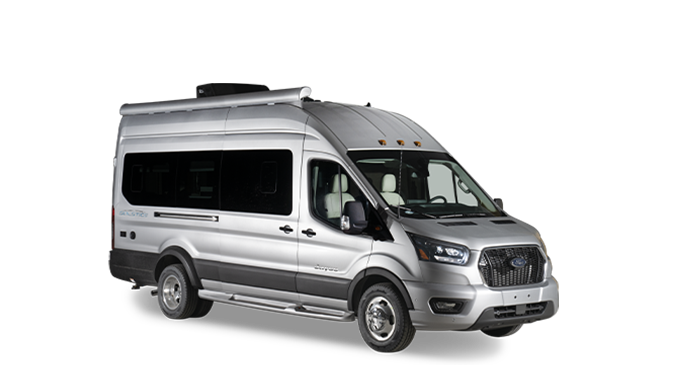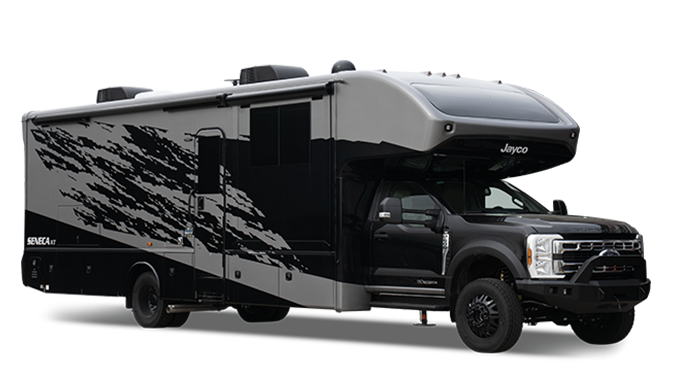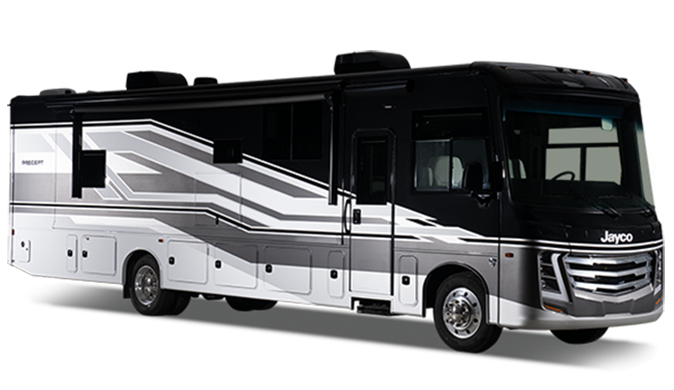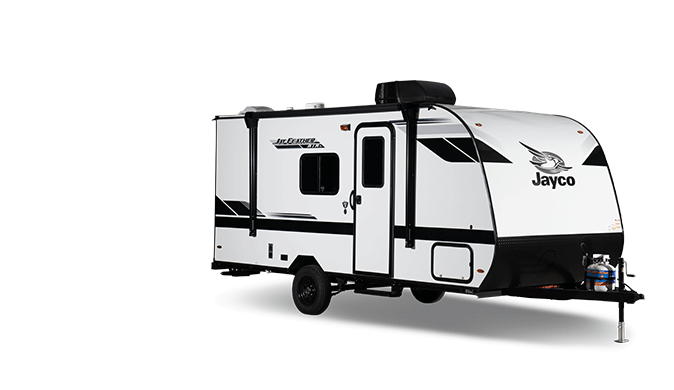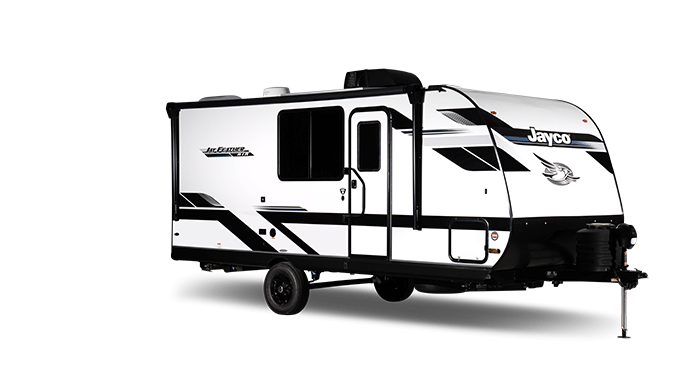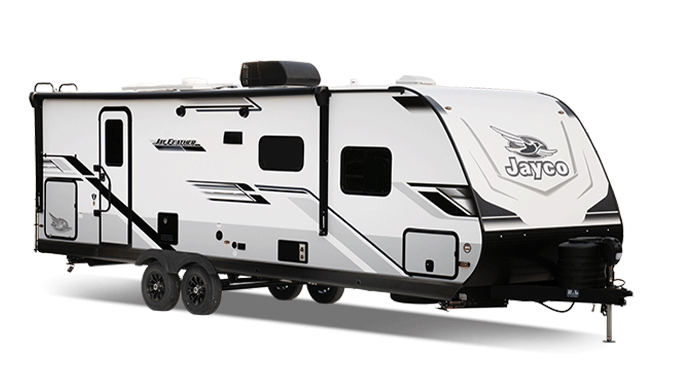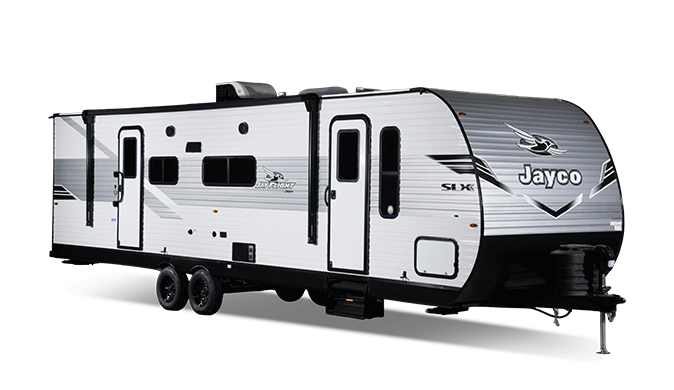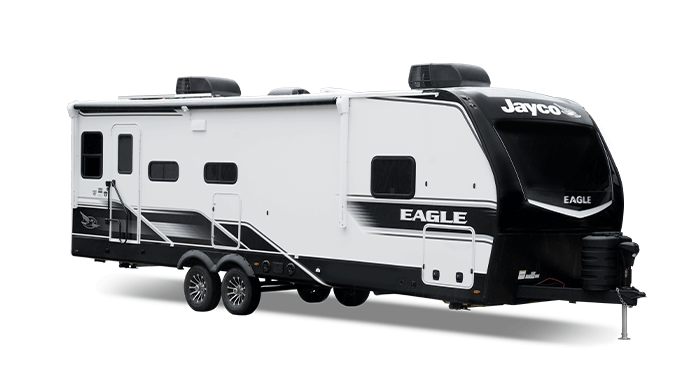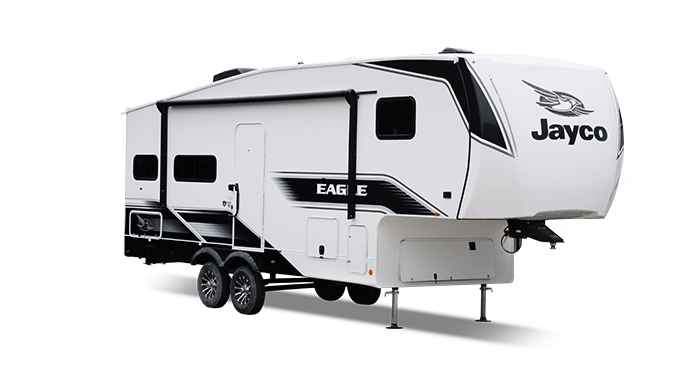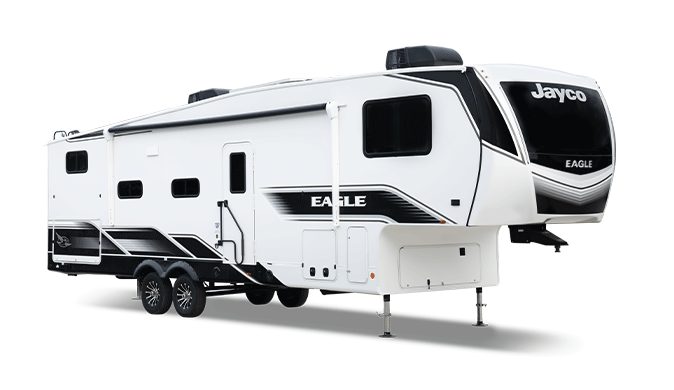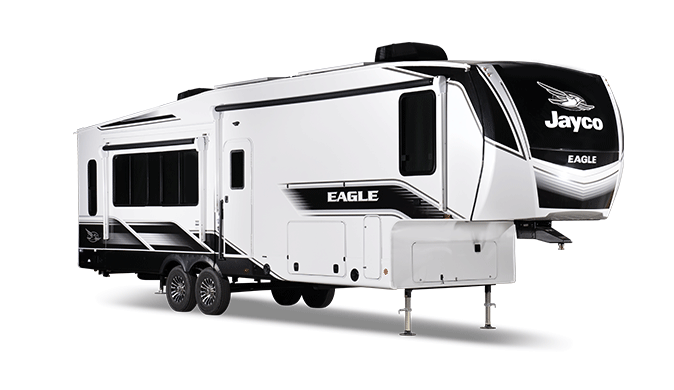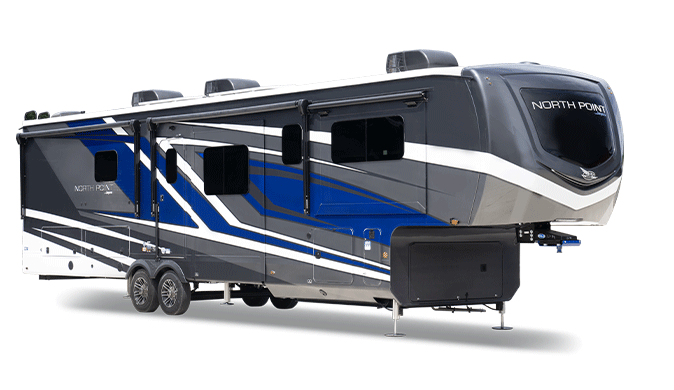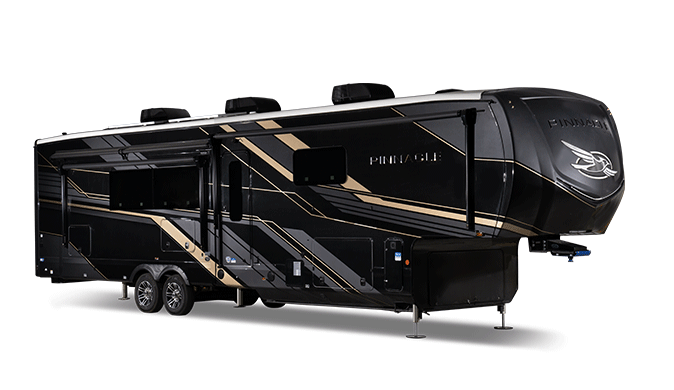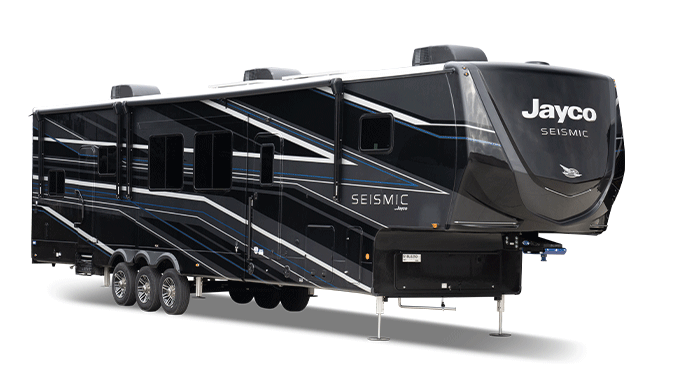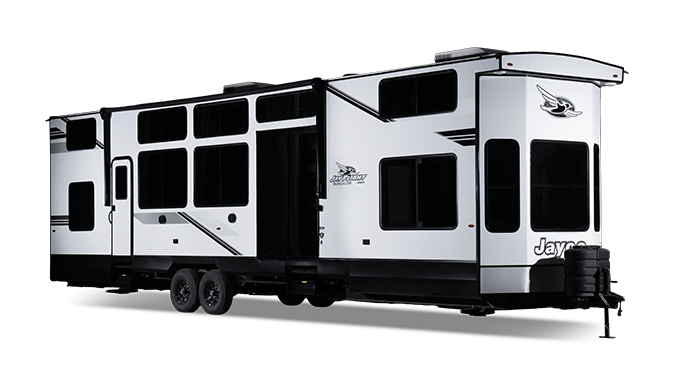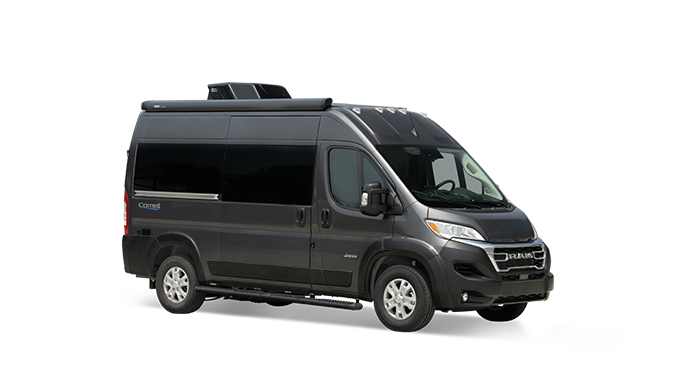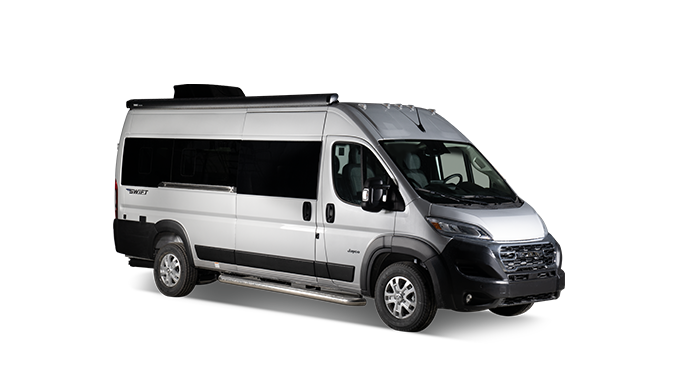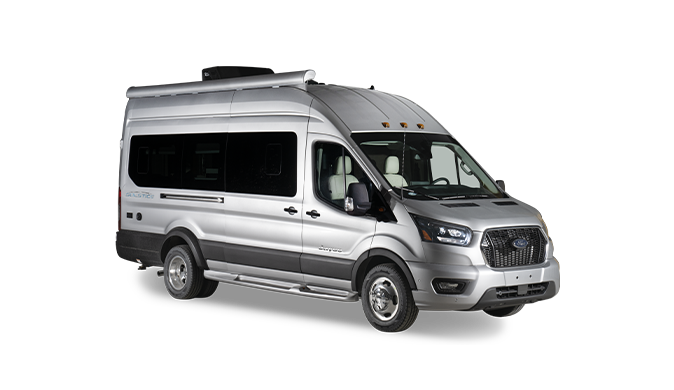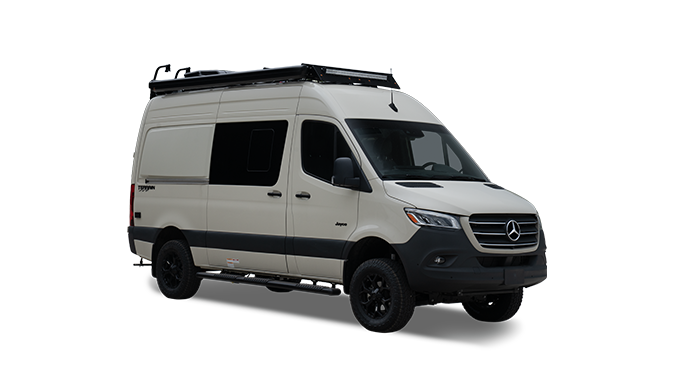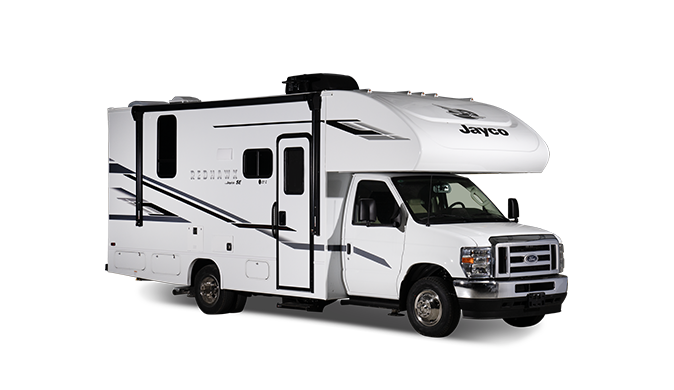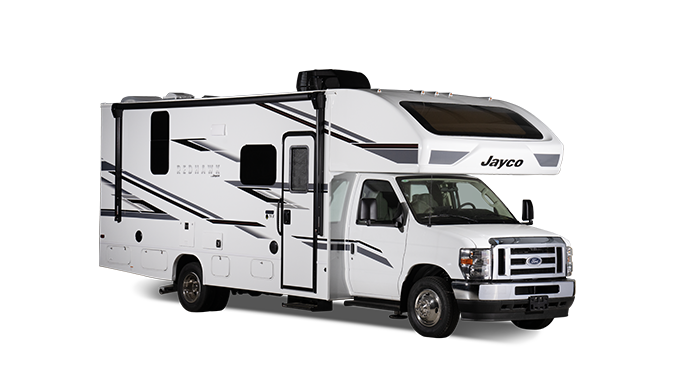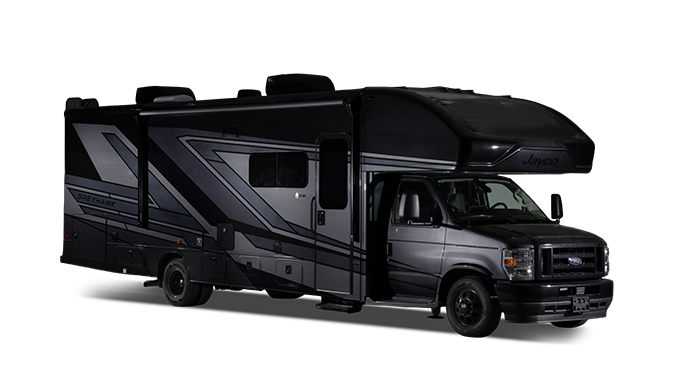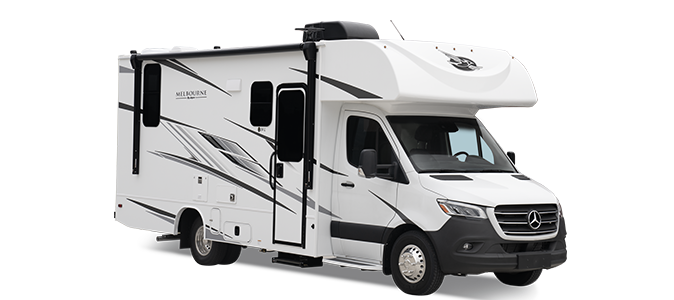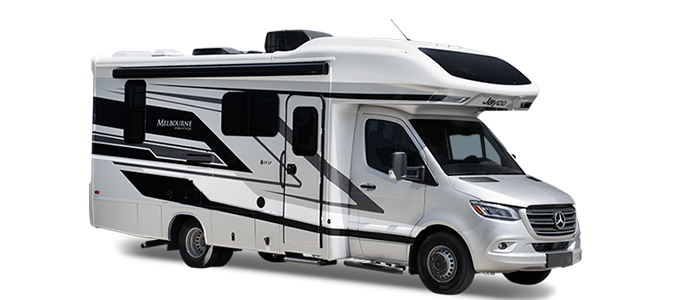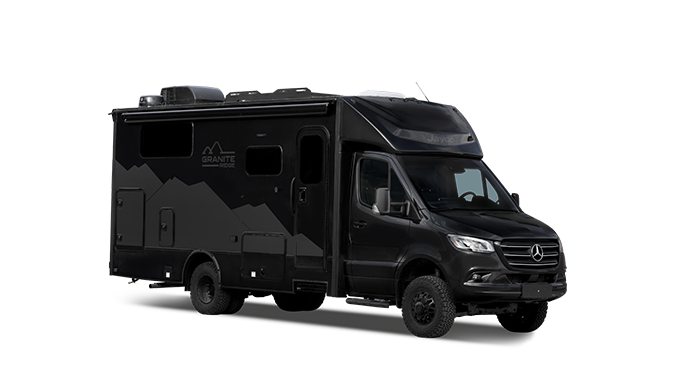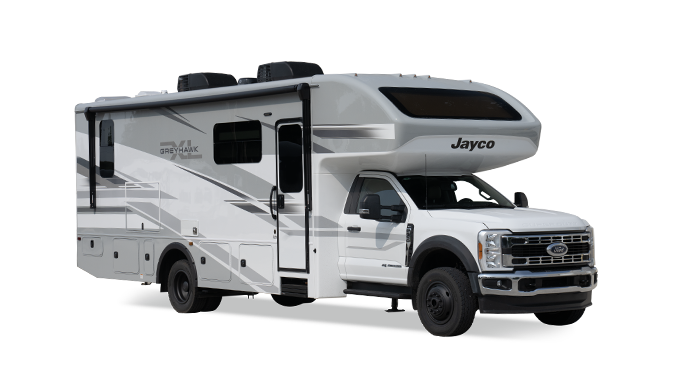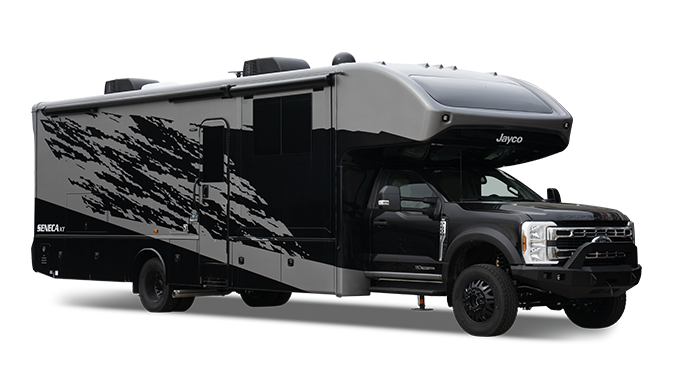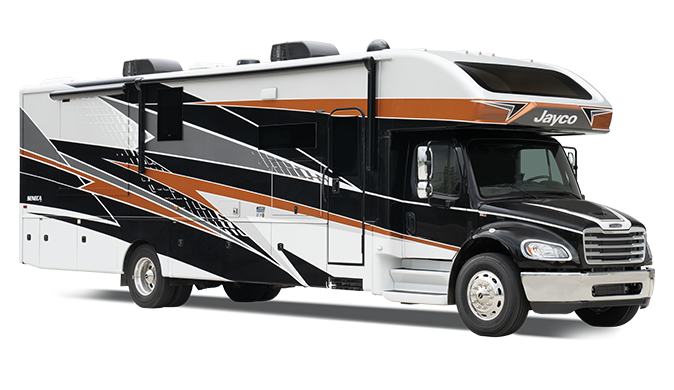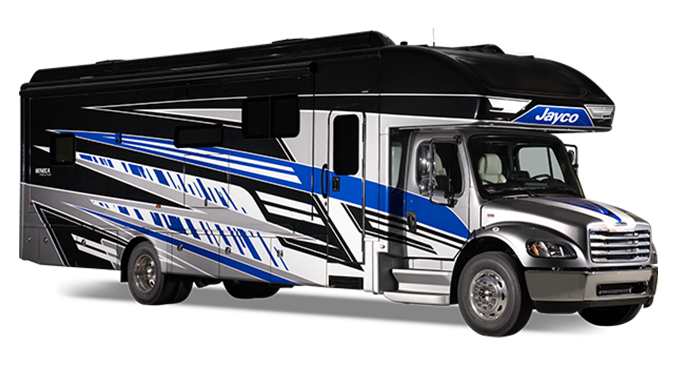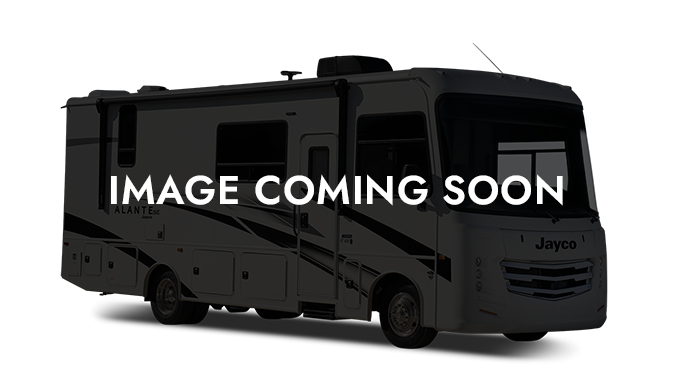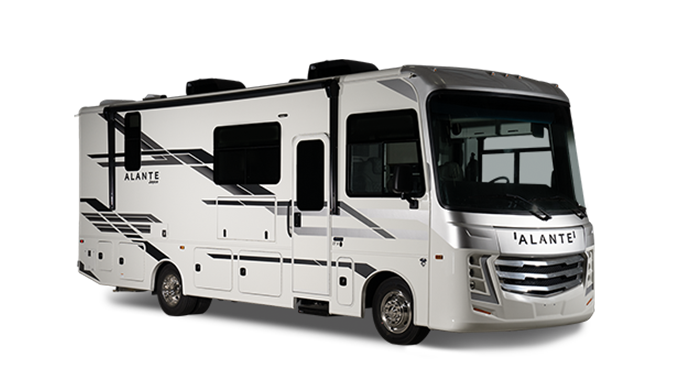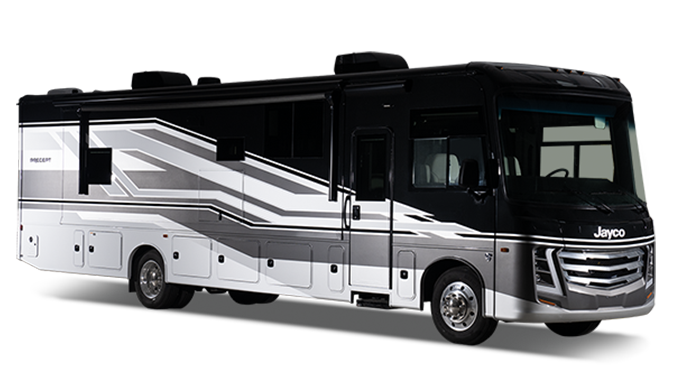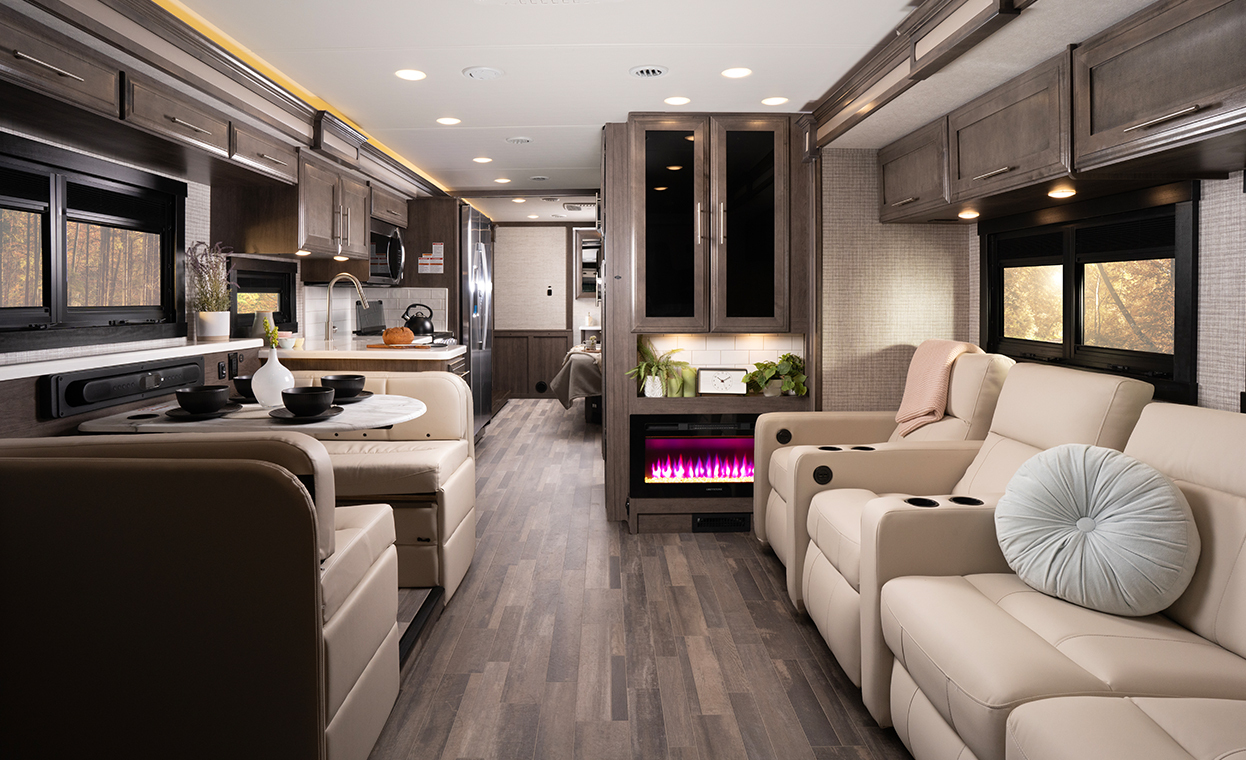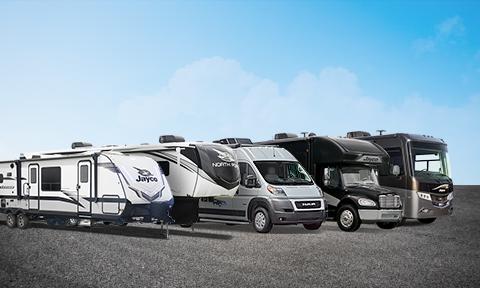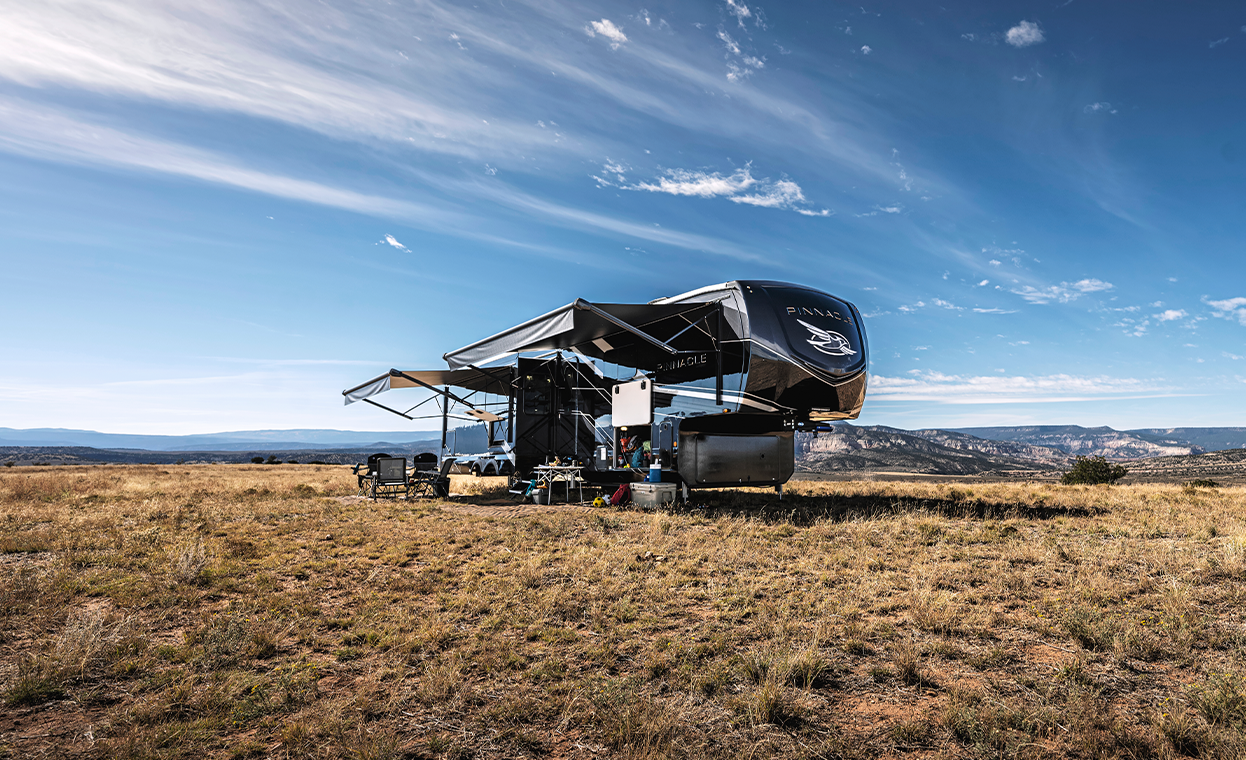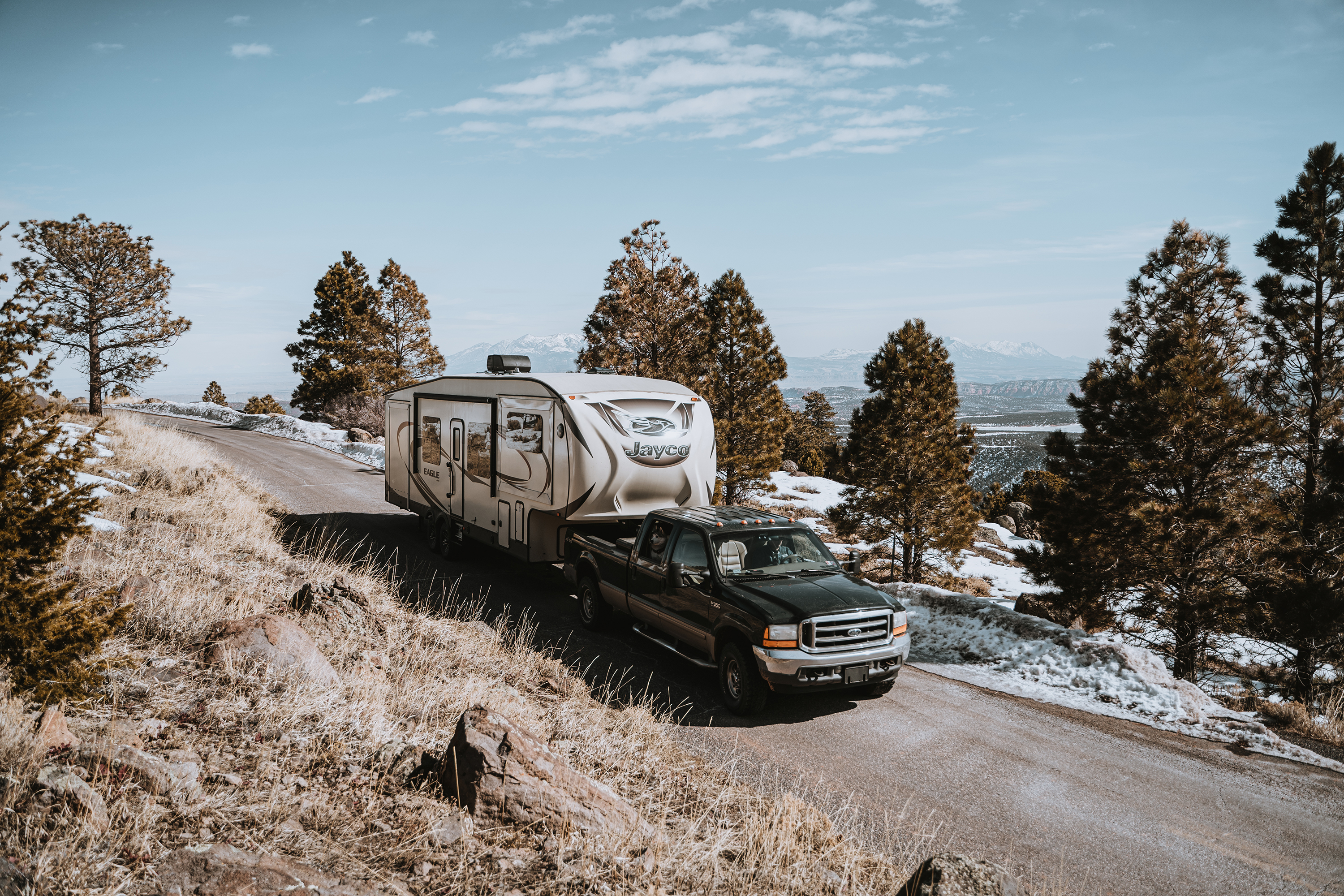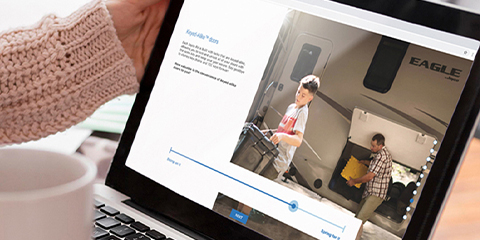As much as we don’t like having to think about putting our RV away for the winter, it’s inevitable if you live in colder climates. That’s why we’re here with ways to properly prepare your RV for colder weather or storage, which is very important in most states and Canada. If an RV is not properly prepared for the winter months, it may cause water supply lines and the water heater to freeze. This post will give you some tips on how to best winterize your RV.
First off, your RV should be winterized at the end of the camping season or when the RV will be exposed to temperatures that will fall at or below 32°F (0°C).
Depending on the type of RV you own, there are two methods of winterizing. Also, as always, we ask that you read, understand the instructions before beginning and follow the instructions as you go. Here are the two ways to winterize your RV depending on the type you have.
Air pressure
This method will utilize an air hose to blow excess water from the water lines.
1. Make sure all holding tanks are empty and drain valves OPEN.
2. Run the water pump until it is dry, this will take approximately 15-20 seconds.
3. OPEN all faucets and drains, and the toilet.
4. Using an air hose and adapter (customer supplied), blow air through the city water connection. Any remaining water will blow out in five to ten minutes.
5. Pour one cup of non-toxic RV antifreeze into all drain P-traps.
Demand or power plumbing system
It may be easier to winterize the RV with another person to assist you.
1. Level the RV and drain the fresh water plumbing system.
2. Replace the water filter cartridge with the clear plastic bypass hose (if so equipped).
3. Make sure the water heater 12-volt and 120-volt interior control switches are OFF.
4. Turn the water heater bypass valves to the BYPASS position. For Jayco Motorized product: Move the valves to the “Sanitize/Winterize Lines” position.
5. Make sure the “fresh tank drain” and “low point drains” are closed. For Jayco Motorized product: The low point drains must be closed for the antifreeze to siphon through the lines.
6. Insert the garden hose into a container of RV antifreeze solution (this quantity should be enough to winterize the RV); attach the other end to the City Water Fill.
7. Turn the water pump ON.
8. Open the hot water line on all the faucets (kitchen, lavatory, shower and outside shower) until RV antifreeze begins to flow continuously.
9. Close the faucet hot water lines and repeat with the cold water lines on all the faucets. Do not forget to run RV antifreeze through the toilet.
When you are done adding RV antifreeze
10. Remove the garden hose from the container of RV antifreeze.
11. To prevent staining, wipe the RV antifreeze out of the sinks, shower (or tub) and toilet using a soft, dry cloth.
As always, if you need assistance, please contact your local RV dealer.
WARNING
Please note that repairs due to freezing are not covered under the terms of the Towable Limited Warranty. Also, automotive antifreeze (ethylene glycol) and windshield washer antifreeze (methanol) are poisonous. Never use these products in your fresh water system. These products are harmful and may be fatal if swallowed.
